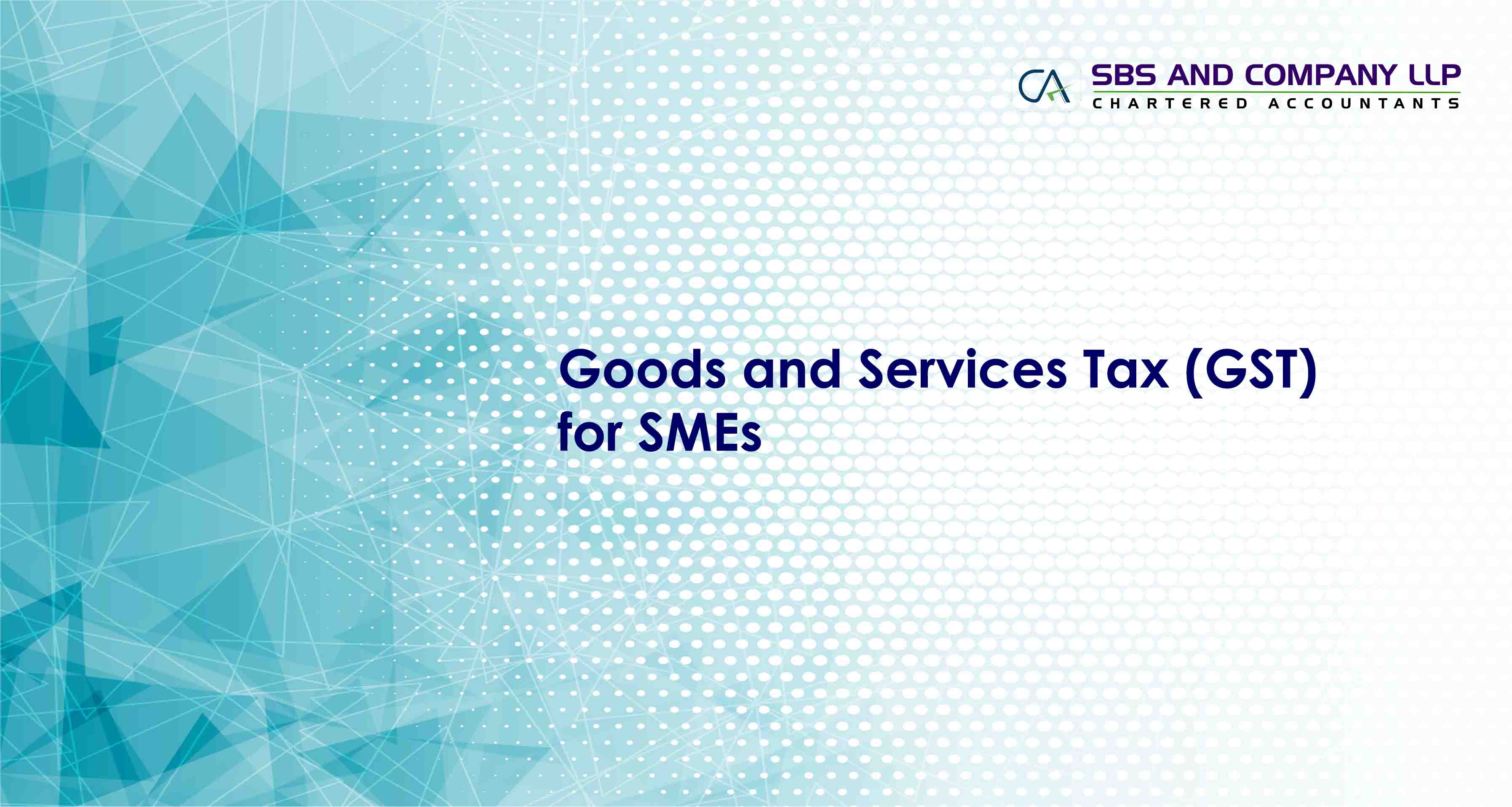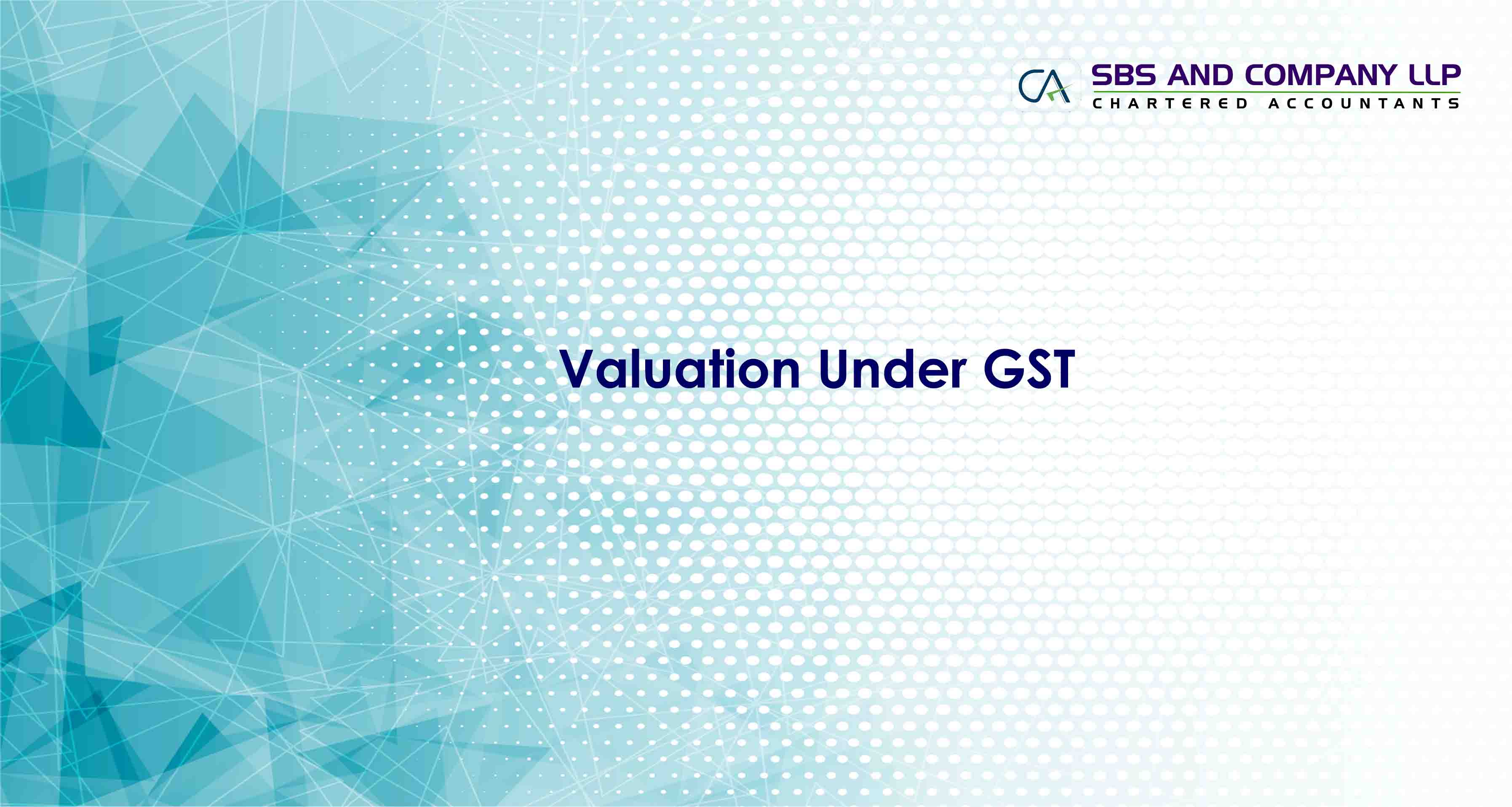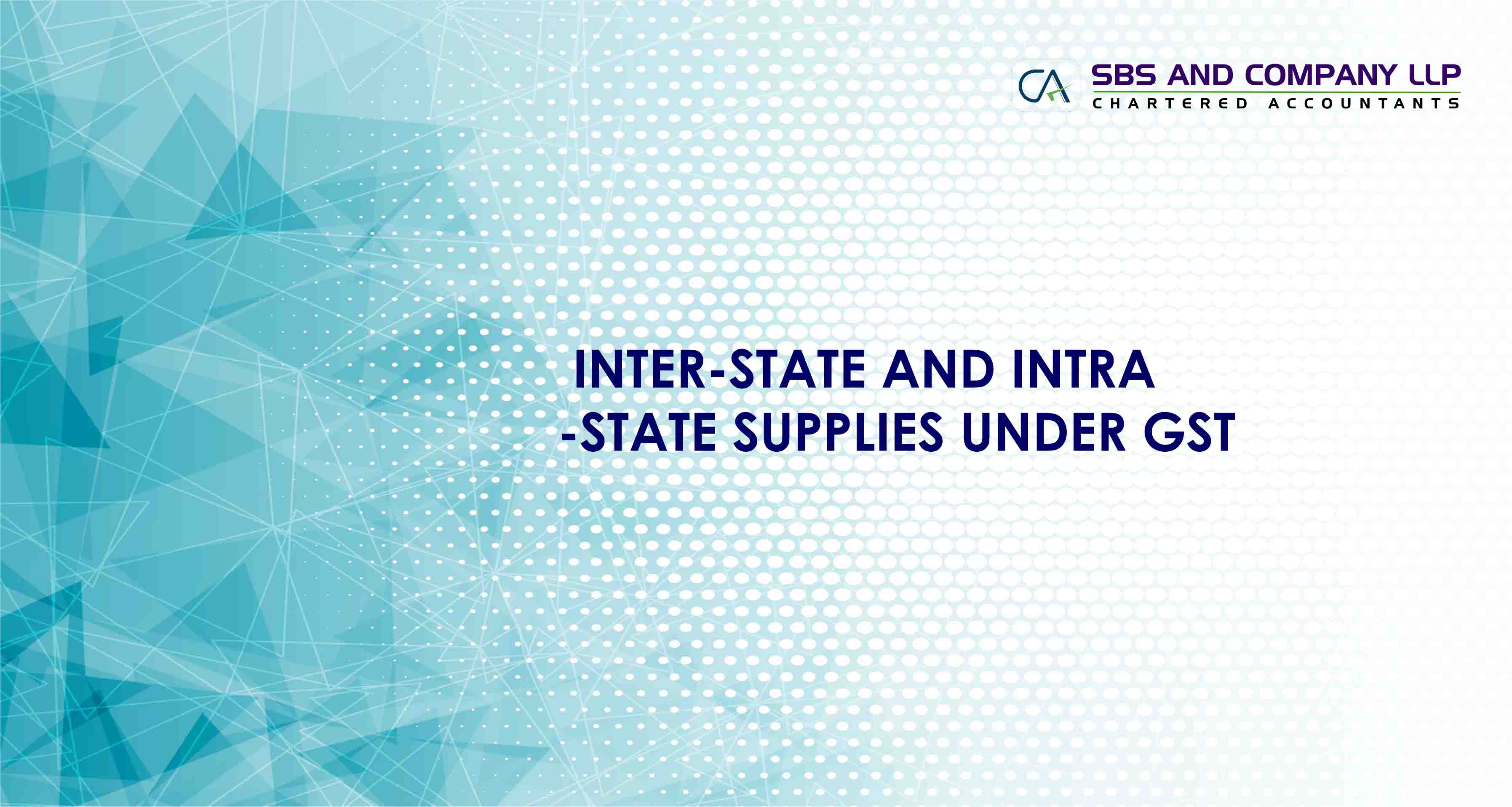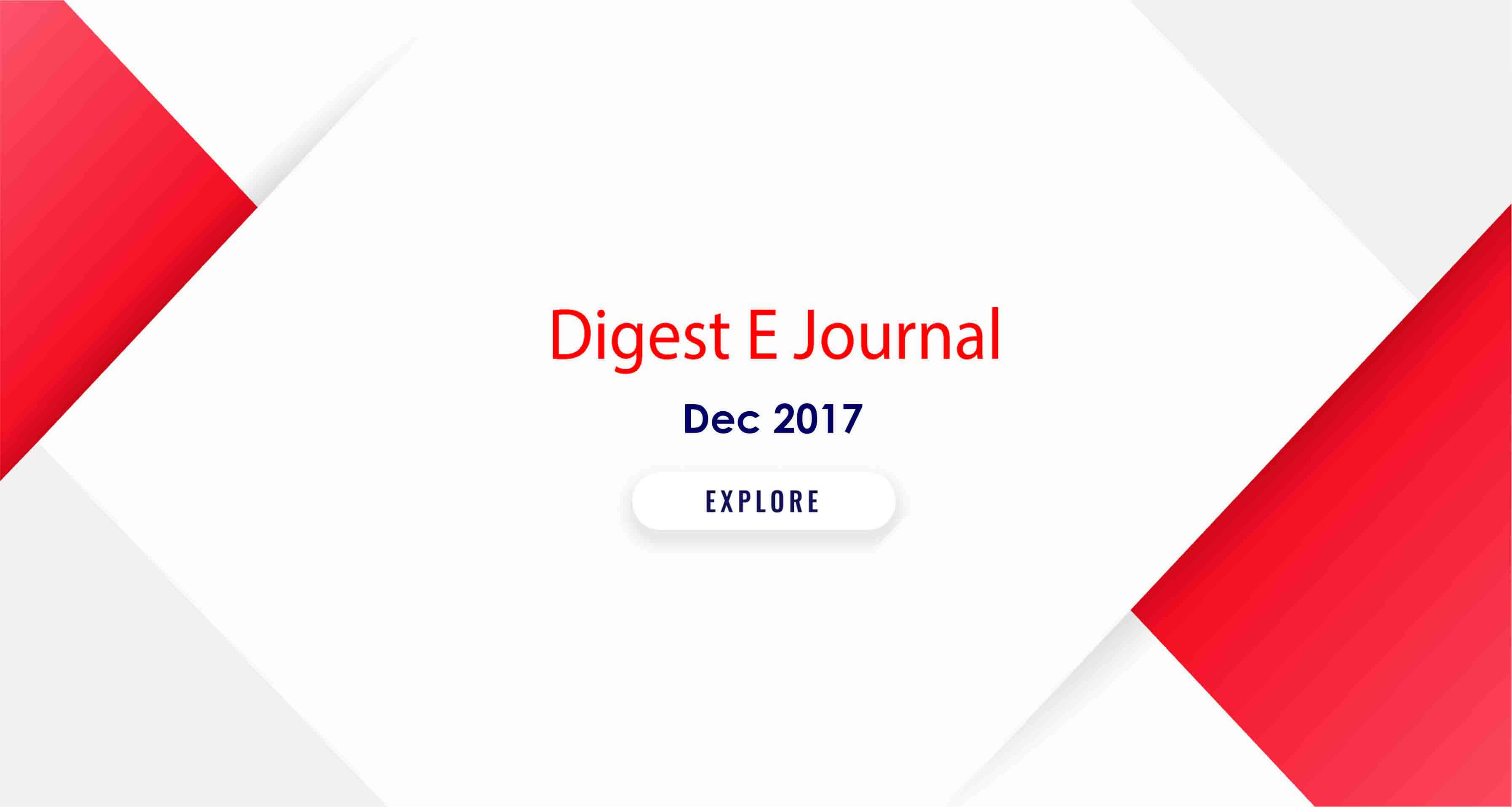- Applicability of this document: This document on GST is applicable to all Micro, Small and Medium Enterprises having turnover up to Rs. 1.5 Crore.
- Levy of GST:
- Brief about GST: GST stands for Goods and Services Tax. It is introduced to subsume multiple indirect taxes both at centre and state level. The current duties namely Central Excise, Service Tax, Additional Excise Duties, Additional Customs Duties, Value Added Tax, Octroi, Entertainment Tax and Luxury Tax are being subsumed into one tax namely GST. Hence, after its introduction, GST and customs duty will form the indirect taxes. GST is a destination based consumption tax. Hence, the state where a supply of goods and services are consumed will receive the corresponding GST paid.







